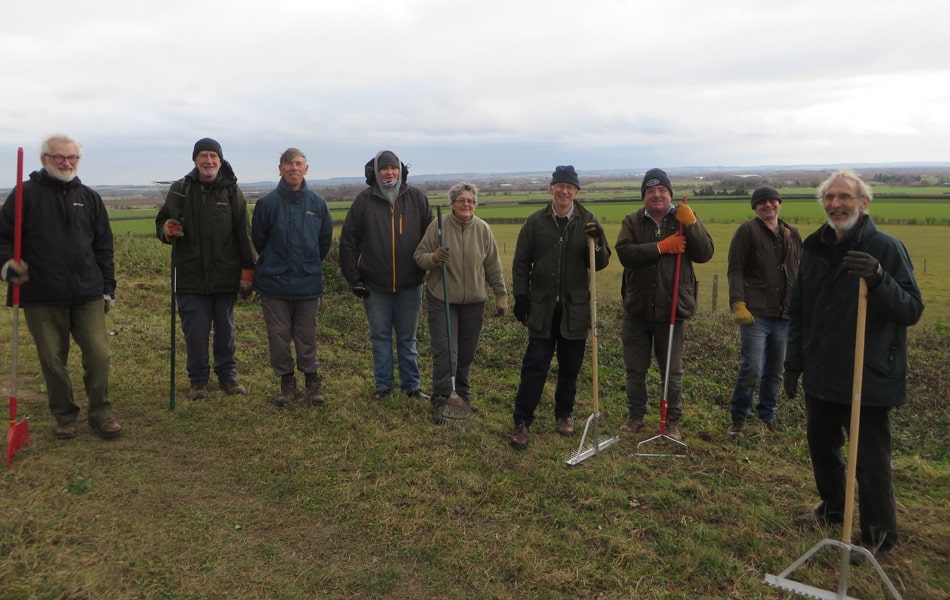History
The Gog Magog Hills, to the south of Cambridge, are a distinctive part of this largely flat county. Little Trees Hill, is the highest point (74m) and is topped by a Bronze Age Bowl Barrow. More than that, an ancient Neolithic Causewayed Enclosure encircles the hill, thought to be a gathering point in ancient times.
Gog Magog itself is a strange name, and there is some dispute over its origin. Some believe that it relates back to Gog and Magog, who are two characters that appear in the Bible, in Ezekiel where Gog is a prince and Magog his land. However, others believe it is in fact a corruption in the translation of Welsh Gawr Madoc to old English. Gawr Madoc would mean Madoc the Great, who was supposedly a giant who once ruled in Albion.
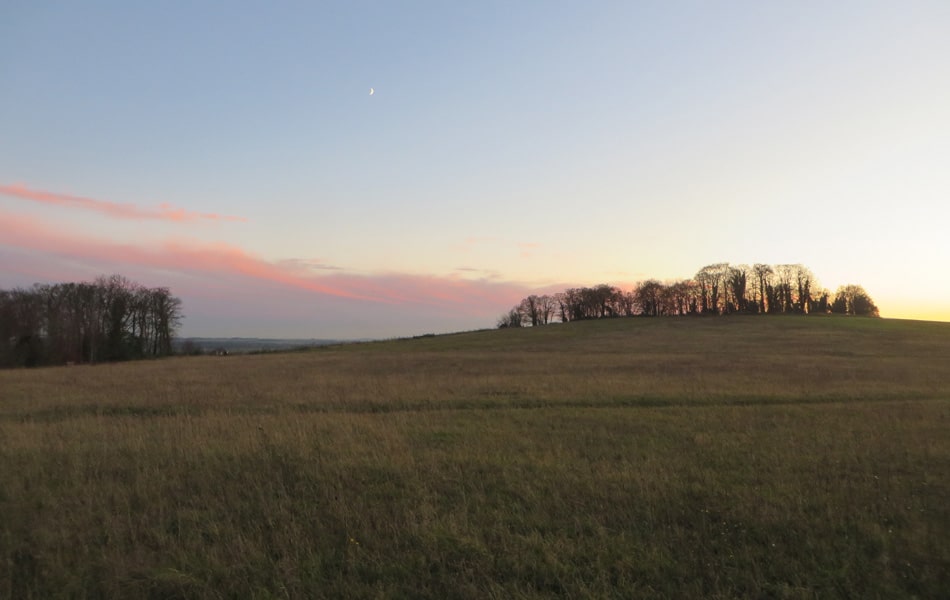
And it was Magog, the name chosen, for a 66ha (163.35 acre) site on these hills and farmed as arable fields, bought in 1989 by a newly formed company and charity, The Magog Trust, which had a future vision for the land with wonderful views of Cambridge to the north and five counties spread before it to the South.
A chance reading by local builder Ray Barnes, of an article on the sale of the land, written in the Cambridge Evening News by journalist Christopher South, and related to the vicar of Stapleford, Colin Davison, was the spark to set the project going. The project was to buy the land and make it available for public access.
With public awareness heightened by the sale of around 3,000 “GOGS”, notional pieces of land, and a campaign supported by the Cambridge Evening News, as well as grants, donations from public bodies, local firms, local councils and individuals, and loans, the purchase price of £327,000 was reached and on 29th September 1989 the land was purchased. The three founding Members of The Magog Trust were Colin Davison, Christopher South and Joan Barnes, wife of Ray and Chairman of the Stapleford Parish Council at that time. Sadly, Colin died suddenly only a couple or so months before the purchase was agreed.
Supported by reports from the Cambridge Wildlife Trust and the Institute of Terrestrial Ecology, the aim of the project was restoration and conservation of the area with public access. Expert advice was sought on planting for the restoration of chalk grassland; old maps and documents having shown that it was grazed as heathland up to and after the Inclosure Act of 1812. Arable farming had been carried out since 1894 with the only trees on site those on Little Trees Hill and a strip leading towards Wandlebury, planted as a shelter belt during the period when a ‘big house’ was situated at Wandlebury, the home of the Duke and Duchess of Leeds.
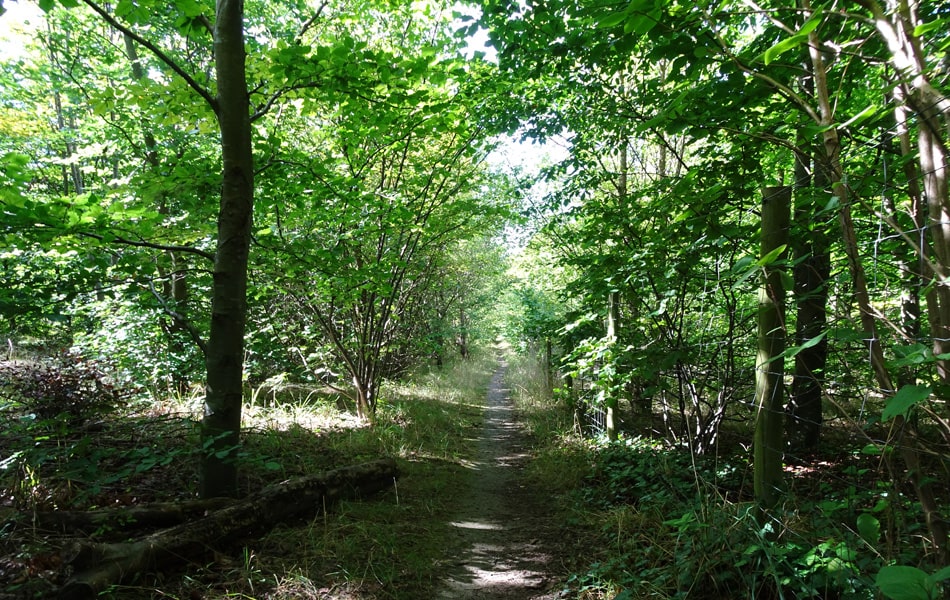
The long-term layout of the site was agreed: open meadow on the north side of the hill, restoration of chalk grassland with sheep grazing on the top of the south side, and the remainder as arable crops. The entire area is surrounded with a fenced perimeter path, initially to keep out rabbits from the newly planted trees, which later was developed into the much-used “dog walk”. Before all this planting activity was to take place, a walk over the land after the harvest of 1990 by the Cambridge Archaeology Field Group took place and the outcomes from that piece of work are covered under Archaeology.
Boxing Day 1991 brought an army of volunteers to the site for the first tree planting of whips. The first goals of woodland (6 woods; over 26,000 trees and shrubs) and meadows (2 meadows; 72 acres seeded with typical native grasses and flowers) were reached during 1993. Donations to support trees in the Memorial Wood were given in memory of loved ones. A car park (completed March 1992) provides safe access for walkers and other visitors with access gates and picnic tables added. Seats, donated in memory of family and friends, have been installed over the years on the North and South Downs.
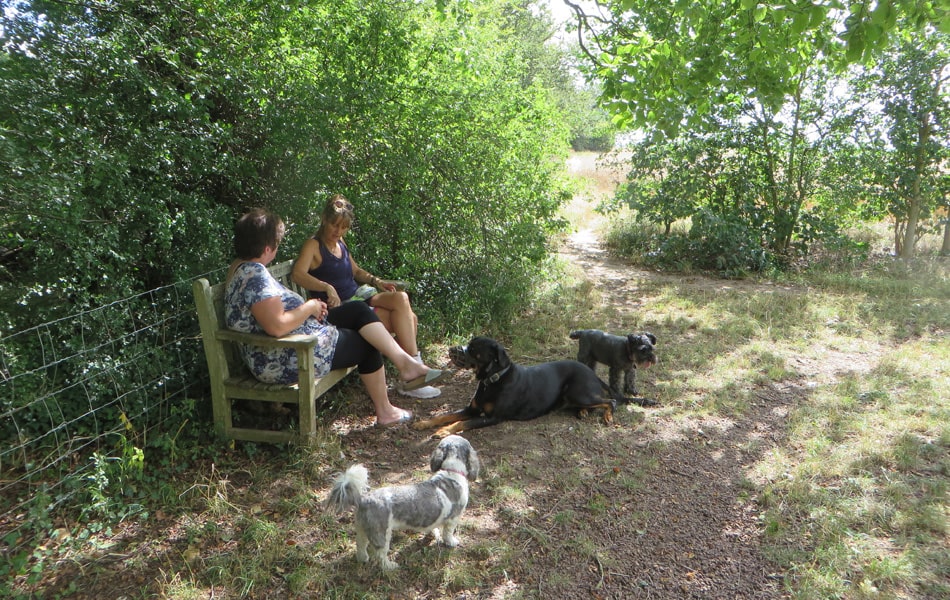
The official opening by Edmund Vestey, who provided an interest-free loan of £100,000 to support the initial purchase, took place in June 1993 at the inaugural Downland Fair which became an annual event for a number of years until regulations and manpower, too many of the former, too few of the latter, brought the event to an end.
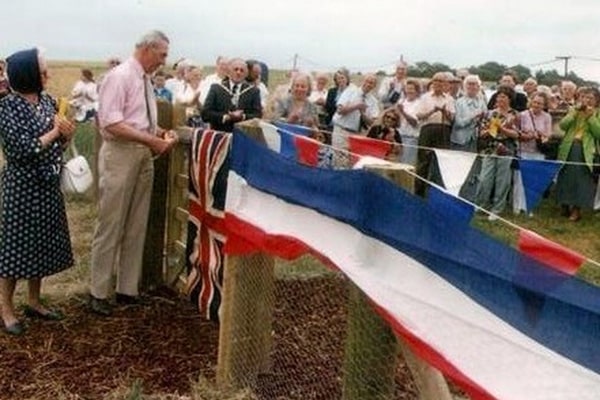
Plaudits were received for the development of Magog Down. In 1995 the Trust was Highly Commended in the Natural Environment section, Henry Ford European Conservation Awards. National recognition came for the project in June 1998, with a visit from the BBC Countryfile team. A whole day of filming resulted in a five-minute slot on the programme; the brief glimpse of the Trust had quite an impact through very good representation on the film of the aims of the Trust. Although filming took place on a day which was less than flaming June, the land looked superb, with the poppy path resplendent. Later in the summer, on a wild, blustery and rainy day, Prof Stephen Hawking and his entourage officially opened the disabled access and led a small procession to the top of the hill. Further reward for the site came with the Highly Commended Certificate in the Woodlands and Plantation Competition, Royal Agricultural Society of England with a presentation by the Duke of Westminster to Eric Winterflood, who fronted the tree planting of the site, and was later awarded with an MBE.
An opportunity arose in 2005, to lease neighbouring fields from the Stapleford Feoffee Charity, poor farmland but potentially rich in chalk flora. That lease has now been extended to 2040 and indeed, through careful management through cutting and sheep grazing, flora are returning. In 2019 an approach was made to Stapleford Parish Council for the Magog Trust to manage Stapleford Parish Pit, the newest of the series of clunch pits on the site. This process was completed in early 2022. A management plan for the Parish Pit is being implemented in conjunction with an existing group of volunteers.
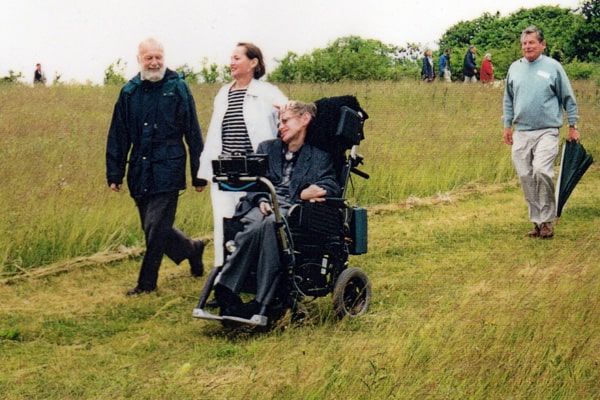
In the intervening years, Magog Down has developed into a much-loved corner of Cambridgeshire, reflected in the numerous Friends and Members who contribute through an annual subscription. The land is cared for by our Rangers, a shepherd, a farmer, and our monthly working party of volunteers. Other specialists, such as arborists and fencing contractors are called upon as required. All this is supported by an administrative assistant and managed overall by a committee comprising the Trustees, and some Members.
Now part of the Cambridge Nature Network and linking with other biodiversity sites, Magog Down, incorporating Stapleford Parish Pit, has been recently awarded County Wildlife Status, a remarkable achievement for fields which grew arable crops prior to 1989.
